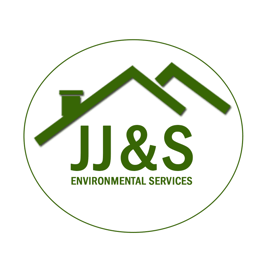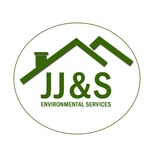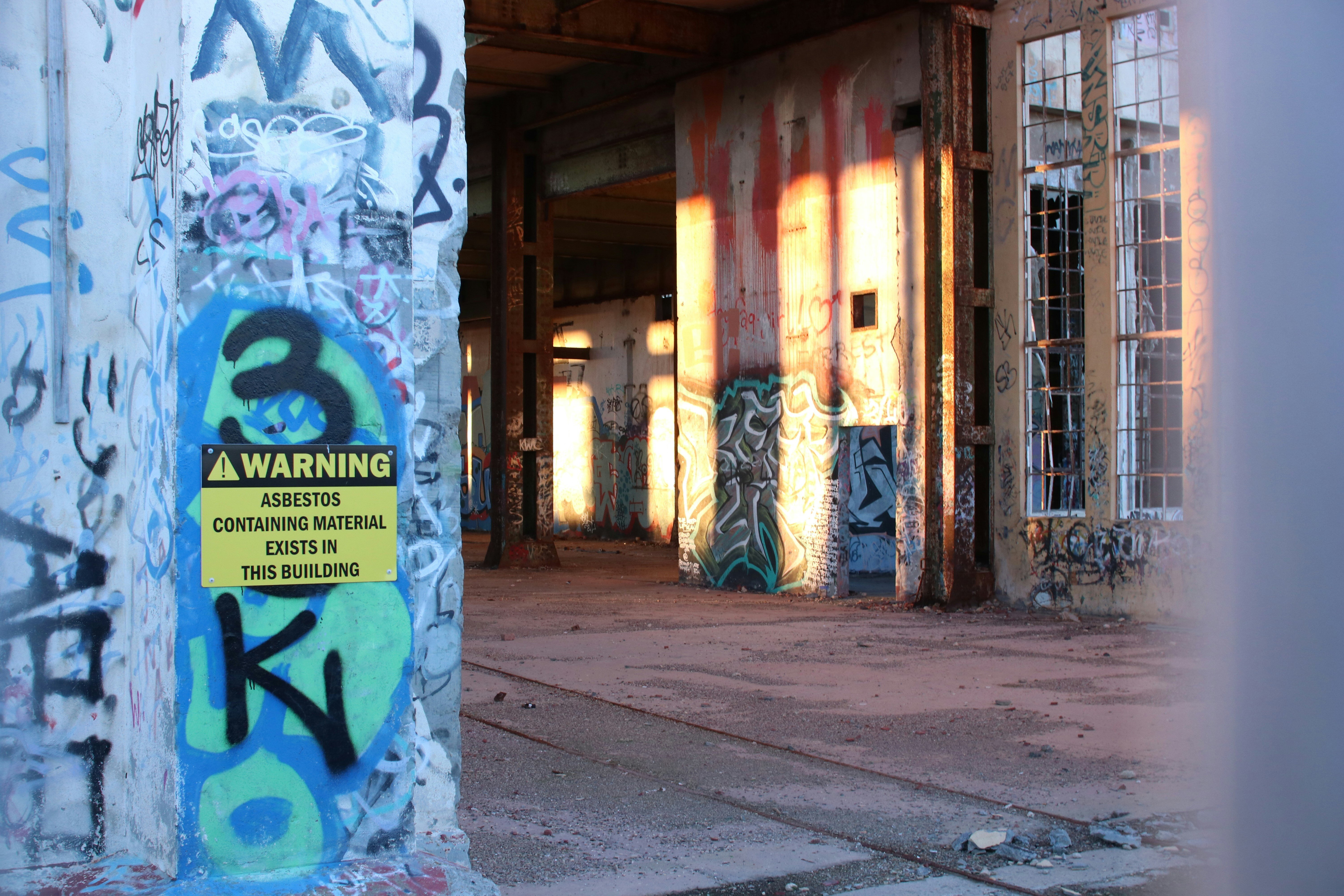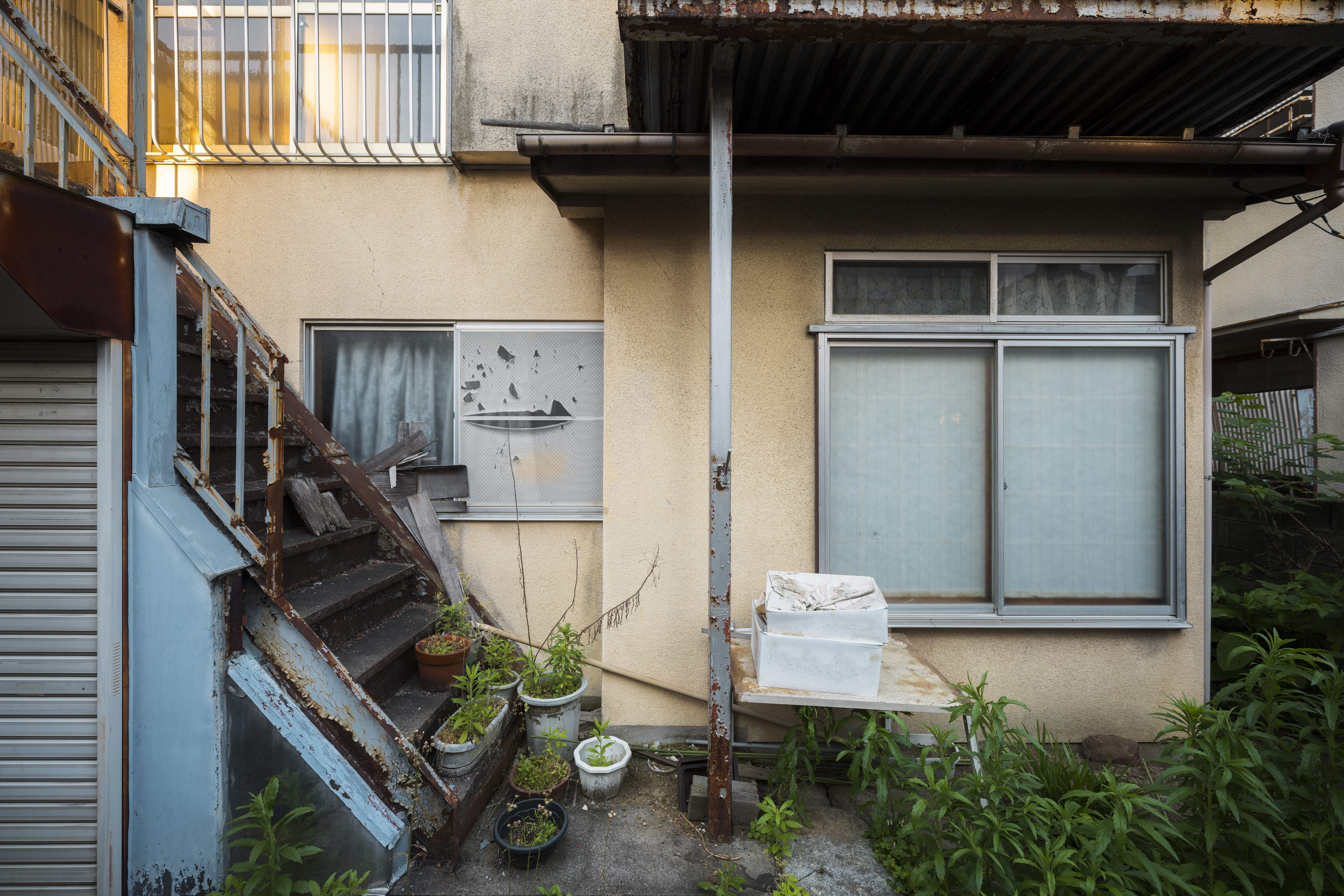The top environmental claims (and how to avoid them): a guide for property managers, insurers, and homeowners
Talk with us
Managing environmental claims
Managing a property or handling insurance claims means thinking about risk—every single day. Environmental issues like mold, water intrusion, hazardous materials, and accidental spills can result in costly claims and lengthy headaches. But what if we told you that most of these risks can be managed, and many claims can be avoided with the right knowledge and a proactive approach?
At JJ&S Environmental Services, we see the impact of environmental risk up close. We believe in partnering with our clients—not just cleaning up after problems happen, but helping you prevent them in the first place.
Here’s what you need to know about the most common environmental claims and what you can do to avoid them.
).jpg?width=640&height=800&name=Global%20recyclal%20(Instagram%20Post%20(45)).jpg)
Common environmental claims: what’s on the radar?
-
Mold & Water Damage:
Claims related to hidden leaks, damp basements, or water intrusion are among the most frequent—and can escalate quickly when mold sets in.
-
Asbestos & Lead Exposure:
Older properties or those undergoing renovation are at risk if asbestos-containing materials or lead-based paint aren’t managed properly.
-
Accidental Spills & Hazardous Materials:
Mishandling cleaning agents, fuel oil, or other chemicals can lead to contamination and expensive remediation claims.
4. Improper Waste Disposal:
Disposing of construction debris, old paints, or chemicals without following the rules not only risks fines, but can also create long-term liability.

What do these claims have in common?
Most environmental claims share the same root causes: lack of awareness, missed maintenance, or skipped safety checks. The good news? Proactive risk management can make all the difference.
Your risk management checklist: prevent problems before they start
-
Know Your Building:
Have regular inspections for hidden leaks, old materials, and potential problem spots.
-
Educate & Train Your Team:
Whether it’s your building staff, cleaning crew, or insurance adjusters—a little training on what to look for goes a long way.
-
Keep Documentation:
Track repairs, maintenance, inspections, and any incident reports. Good records are your best defense if a claim ever arises.
-
Partner with Specialists:
Work only with certified remediation and waste disposal companies. It saves time and protects your property (and reputation).
-
Have a Prevention Plan:
Develop a custom environmental risk checklist for your property. Share it with your insurance partner—think of it as a safety net.
Real-world scenarios: learning from claims
-
A small leak under a kitchen sink was ignored. Months later, mold spread behind the cabinets, resulting in a five-figure claim.
Prevention: Schedule routine checks for plumbing and address leaks within 48 hours.
-
Renovations in an older property disturbed asbestos ceiling tiles, exposing workers and tenants.
Prevention: Always test and plan for hazardous materials before starting work.
Why risk management matters
Being proactive about environmental risks does more than save you money—it builds trust with your tenants, insurance partners, and clients. When you work with JJ&S Environmental Services, you’re choosing a team that values prevention as much as remediation.
We’re not just here to fix problems—we’re your risk management partner, committed to helping you prevent claims and protect what matters most. Let’s work together to make your buildings, businesses, and homes safer for everyone.
Curious about creating a tailored prevention plan? Reach out, we’re here to help every step of the way.
FAQ
FAQ 1: How can property managers prevent common environmental claims like mold or asbestos exposure?
Property managers can prevent costly environmental claims by scheduling regular building inspections, addressing leaks within 48 hours, testing for asbestos and lead before renovations, and ensuring staff are trained to recognize early warning signs. Partnering with certified remediation companies like JJ&S Environmental Services helps minimize risk and keeps properties compliant with safety standards.
FAQ 2: What are the most common environmental insurance claims?
The most frequent environmental claims include mold and water damage, asbestos and lead exposure, accidental spills involving hazardous materials, and improper waste disposal. These claims often result from missed maintenance or lack of awareness. With proactive risk management and expert guidance from JJ&S Environmental Services, many of these claims can be avoided.
FAQ 3: Why is proactive environmental risk management important for insurance and property claims?
Proactive environmental risk management reduces the likelihood of costly claims, protects property value, and strengthens trust with tenants and insurance partners. By keeping documentation, conducting routine safety checks, and working with specialists like JJ&S Environmental Services, property owners and insurers can prevent problems before they start.






